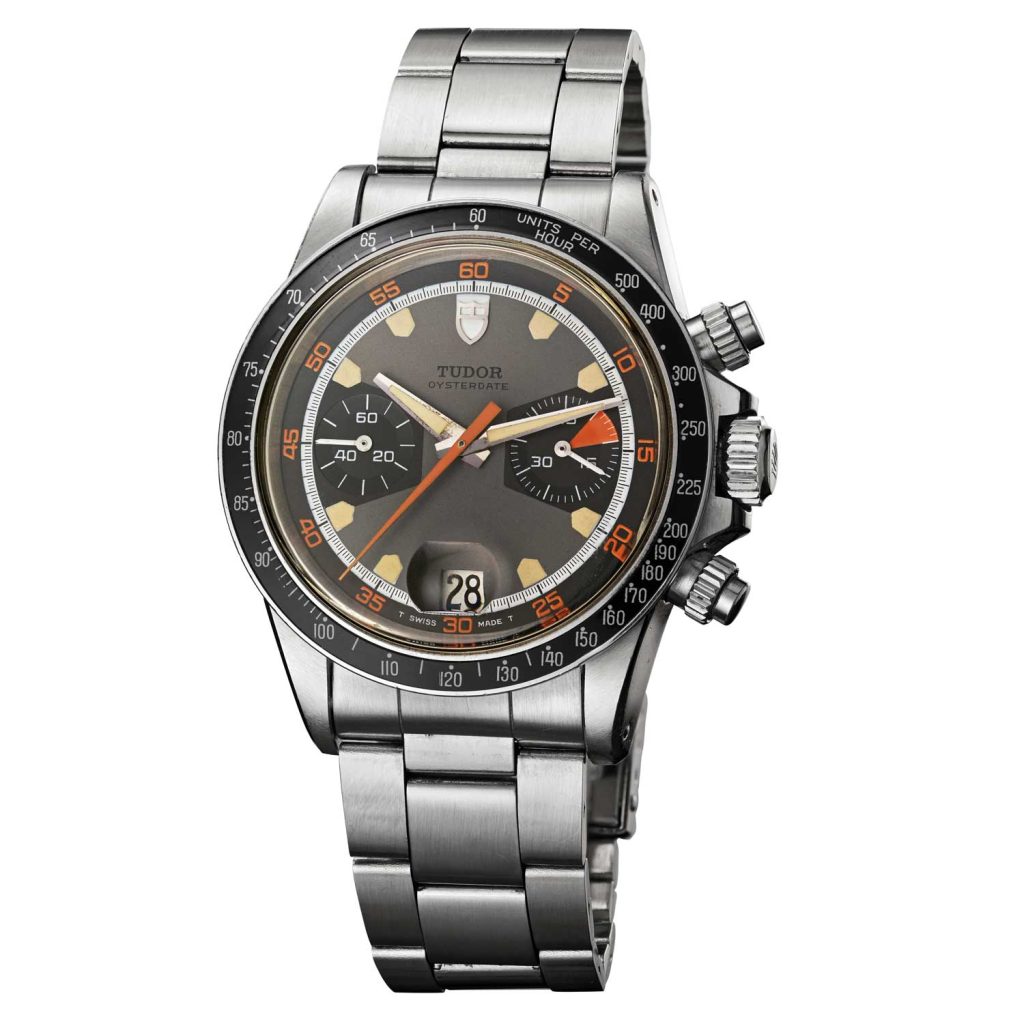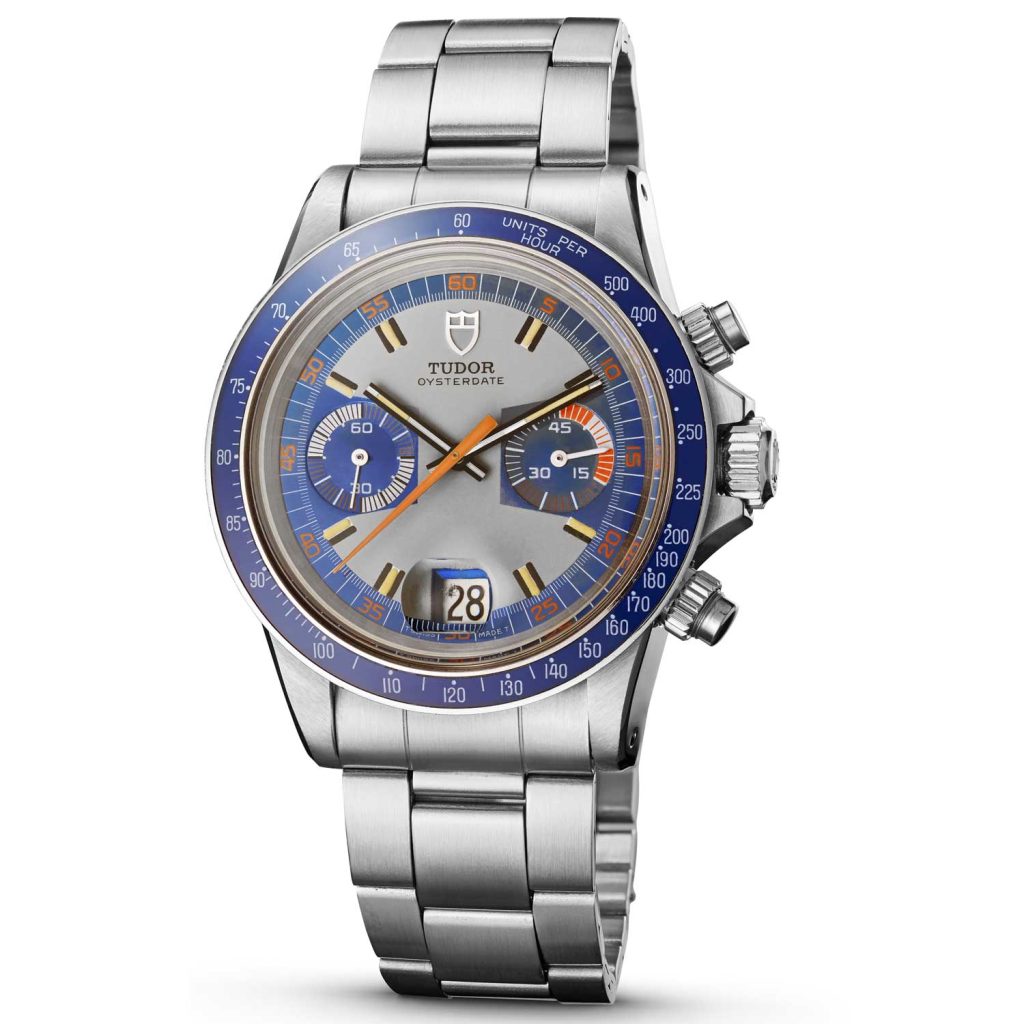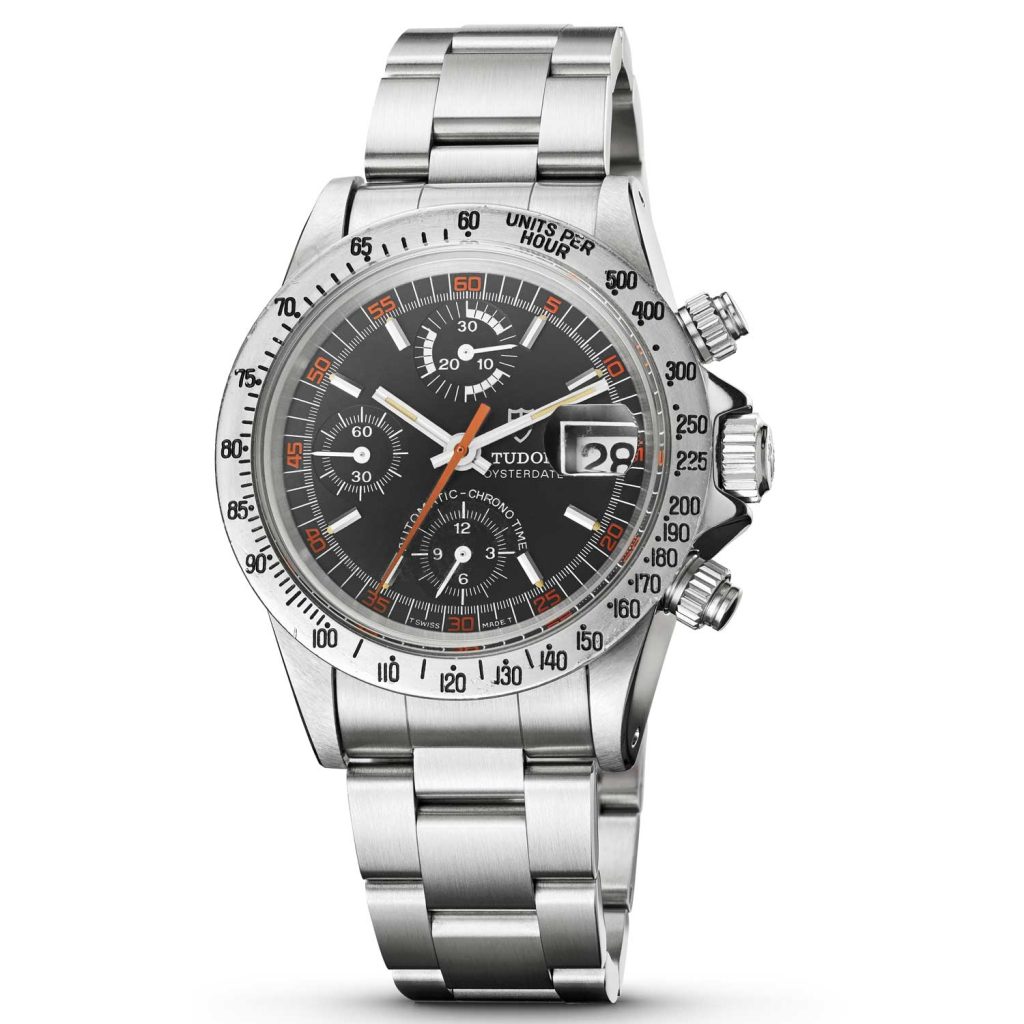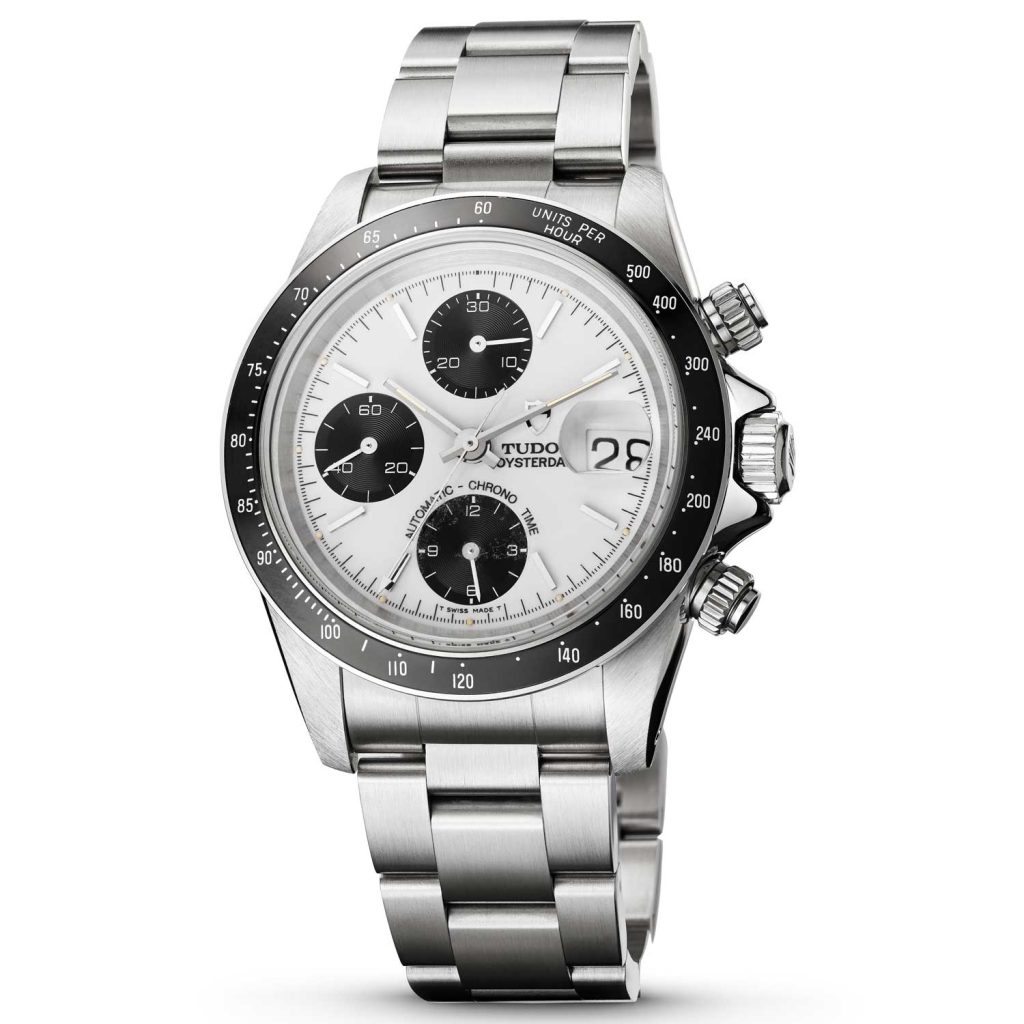Reviews
Tudor’s Golden Child – 50 Years of the Chronograph
Reviews
Tudor’s Golden Child – 50 Years of the Chronograph
A brand can truly lay claim to heritage when they start having 50th anniversaries. Tudor is having its second golden anniversary in successive years – 2019 was 50 years of the snowflake hands and now 2020 is the 50th anniversary of the chronograph. The Tudor Oyster has been around since the 1930s, it wasn’t specifically utilised for a chronograph until 1970. And what a debut it was! The golden era of racing led to a number of iconic chronographs, but perhaps none so striking as the Oysterdate references 7031 and 7032, with their robust 40mm cases and striking orange and grey dials. The Tudor Chronographs are watches that we have always had a lot of love for here at Revolution and I have written about the four main eras of the vintage chronograph watches over the years. So today we thought we would revisit those pieces and highlight some key points from each.
The Saga Begins

The Tudor 7031 'Homeplate' Chronograph

Home base on a baseball field
• 7031: Black plastic tachymeter bezel
• 7032: Brushed steel tachymeter bezel
The Full Monte
In 1971 Tudor unveiled the second series of chronographs. As with the first series watches, the 7100 watches featured painted hour markers that in my mind give the watches a sportier aesthetic reminiscent of vintage Submariners. The home plate markers were replaced with a more conventional rectangle of lume flanked by two black lines. The use of bright colours was, however, even more pronounced with bright orange elements on both chronograph registers as well as on the outer seconds markers. It was this second series that became known by collectors as the original Monte Carlo watches, as the dials had a resemblance to the roulette tables of the famous casinos of Monte Carlo.

Tudor Monte Carlo ref. 7149 with acrylic tachymeter bezel
• 7149: Plastic tachymeter bezel (blue or black)
• 7159: Brushed steel tachymeter bezel
• 7169: 12-hour graduated bezel bi-directional rotating (blue or black)
The Big Blocks
The precedent had now been set for colourful dials that would continue to be a feature of Tudor chronographs. Introduced in 1976, the third series of chronographs saw Tudor take a big leap, in terms of innovation, and from now on the watches would feature automatic movements, making the Big Blocks the first self-winding chronographs from the Wilsdorf group – over a decade before Rolex introduced their first automatic Daytona chrono; the Zenith-powered reference 16520.
• 9420: Plastic tachymeter bezel
• 9421: 12 hour graduated bezel (bi-directional rotating)
• 9430: Brushed steel tachymeter bezel

Tudor Big Block ref. 9430 with steel tachymeter bezel
• 79160: Black plastic tachymeter bezel
• 79170: Black graduated 12 hour bi-directional bezel
• 79180: Steel tachymeter bezel
The Prince Chrono

Tudor Prince Date Chronograph ref. 79260
• 79260 – Black aluminium fixed tachymeter bezel
• 79270 – Black rotating 12-hour bezel
• 79280 – Polished steel tachymeter bezel

2000 Tudor advertisement featuring the Prince Oysterdate ref. 79260










